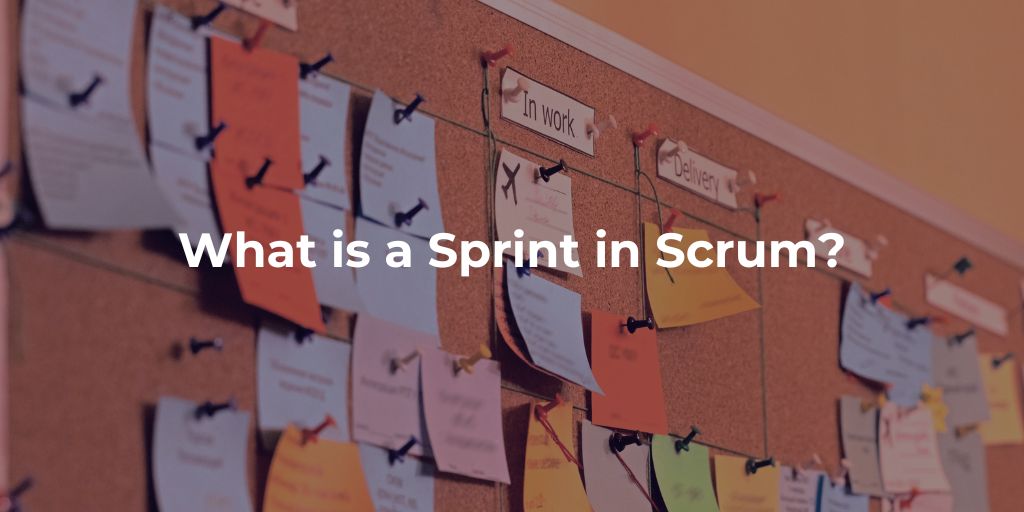Categories
Tags
Newsletter
Subscribe to the QRP International neswletter and get all the news on trends, useful contents and invitations to our upcoming events
Subscribe
Starting from the Scrum Guide, in this article we will explore the concept of Sprint, one of the key elements of this methodology.
A sprint is a short period of time in which a Scrum Team works to complete a certain amount of work. Sprints are at the heart of Scrum and Agile methodologies; working on the right sprints will help an Agile Team to finish deliverables more efficiently and effectively.
Events are used in Scrum to create regularity and to minimise the need for undefined meetings in Scrum. If developed optimally, all events take place at the same time and place so that complexity is reduced.
Sprints are defined as containers for all events and are in fact the beating heart of Scrum, where ideas are turned into value (definition from the Scrum Guide). They contain all the work steps and activities needed to develop the product or service including Sprint Planning, Daily Scrum, Sprint Review, etc…
The benefits of a Sprint are:
The duration of each Sprint is fixed at approximately one month and a new Sprint starts as soon as the previous one ends. The fixed monthly deadline corresponds to the achievement of a Product Goal, which must be reached at least at the end of each Sprint. If the time window of a Sprint becomes too wide, there is a risk that the Product Goal will lose validity and at the same time the risk will increase. With shorter Sprints it is possible to generate a learning curve and limit risks, as well as short-term costs.
As clarified within the Scrum Guide, during the Sprint:
Sprint Planning is a collaborative event in which all the members of a team participate with the aim of answering two fundamental questions:
In this way, Sprint Planning establishes the work to be done during the Sprint and initiates the Sprint itself. This results in collaboration among the whole Scrum Team, but it can also trigger professionals from outside the team to receive advice or adopt different points of view.
At this stage, the Product Owner’s task is to ensure that all Scrum Team members are ready to discuss the key elements of the Product Backlog, and how they position themselves against the Product Goal. The Scrum Team, on the other hand, works on the backlog products so that they are concluded before the end of the Sprint.
The Sprint Backlog is composed of the chosen items and the plan that establishes how to achieve them. When Sprint Planning ends, the team is ready to start working on the Sprint Backlog, moving backlog items from “In-progress” to “Done”.
The duration of a Sprint Planning for a one month Sprint is about 8 hours, for shorter Sprints of course the time decreases.
Sprint Planning deals with three topics:
The Product Owner is responsible for increasing the value and utility of a product over the course of a Sprint. The entire Scrum Team must work together to define a Sprint Goal that highlights the value added during the individual Sprint to the stakeholders. The Sprint Goal must be achieved before Sprint Planning ends.
The Developer, after discussion with the Product Owner, selects the elements of the Product Backlog to be included in the Sprint. In this phase the Scrum Team can help to define and refine some elements.
Deciding how much work needs to be completed within a Sprint can be difficult. Obviously the more Developers work on their own performance, on the work already done, on the future possibilities and on the “Definition Of Done”, the more they are able to understand the importance of this decision. They are becoming more and more expert in the management and division of work after each Sprint.
For each item in the selected Product Backlog, Developers plan the work required to create an Increment that meets the Definition of Done. The most common practice for doing this is to break the Product Backlog items into smaller tasks that may take less than a day.
This activity is carried out at complete discretion of the developers and nobody can interfere with what they decide.
The Sprint Backlog consists of:
Are you interested in learning more about the main roles of a Scrum Team, read our blog “What is a Scrum Master: Role and Responsibilities”.
QRP is an ATO (Authorised Training Organisation) for Scrum courses. For our full course offer visit our website and contact us!